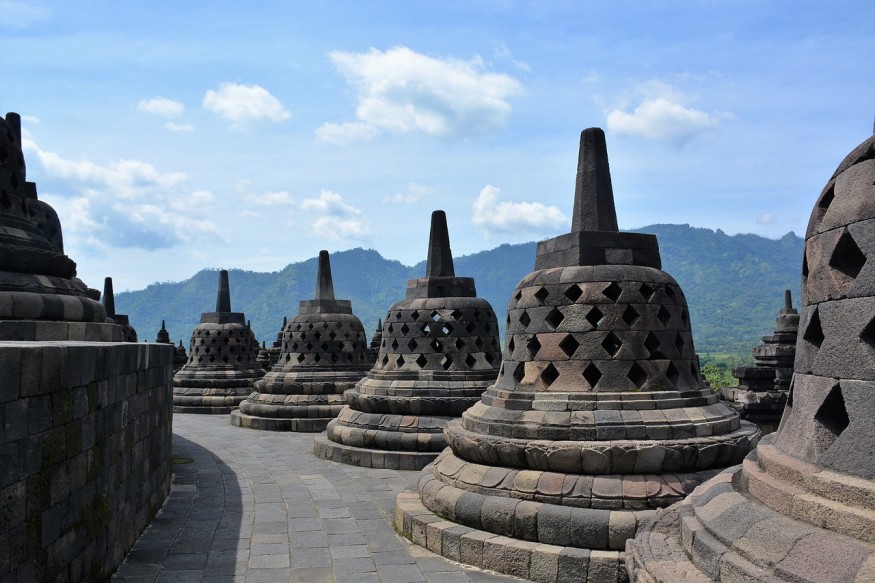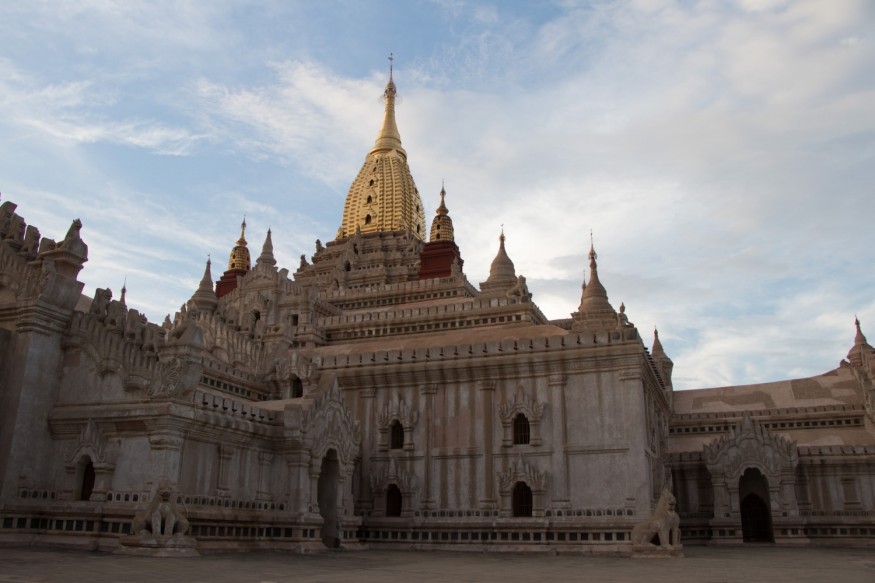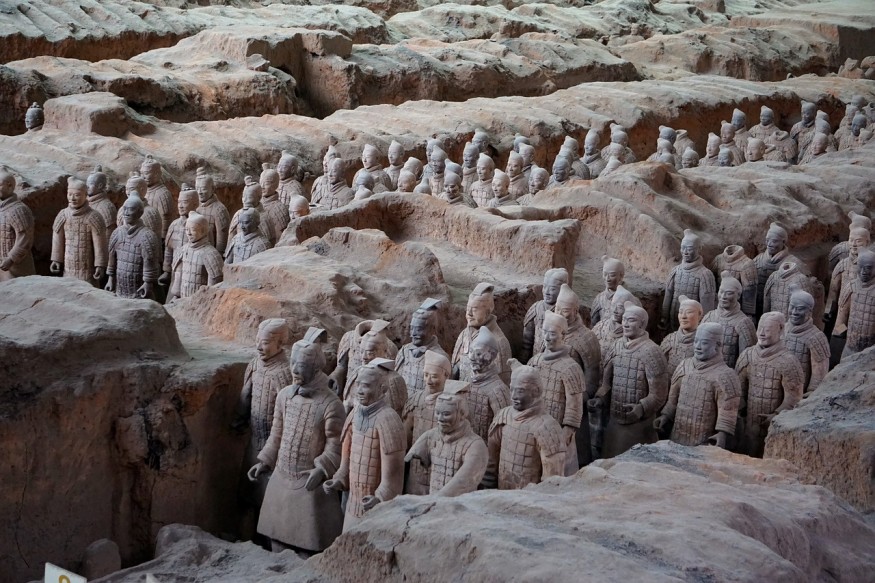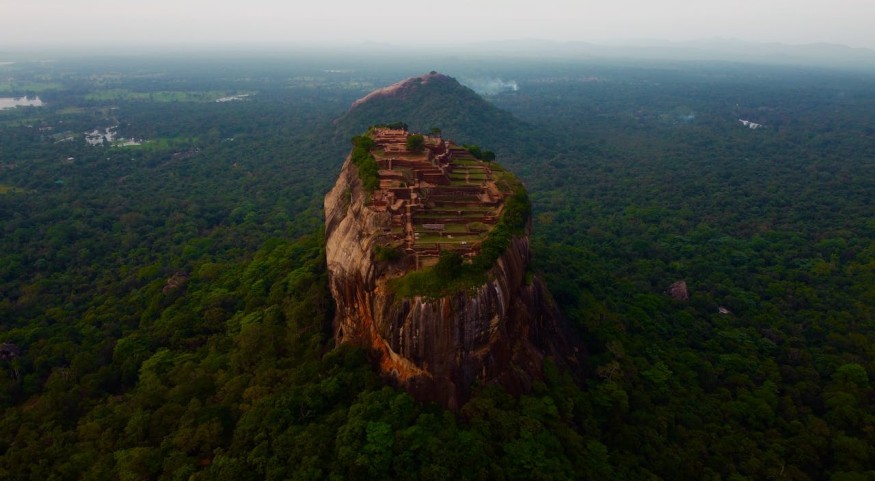Asia, a continent steeped in history and culture, is home to an array of ancient monuments that remain somewhat off the beaten path. These architectural wonders are often overlooked in favor of more renowned sites globally, yet they hold stories and beauty that are equally compelling.
The appeal of these ancient structures lies in their historical importance and architectural beauty. From temples with detailed carvings to impressive fortresses, these buildings showcase the skill and creativity of their architects. They offer insights into the lives of people from centuries ago, revealing their beliefs, artistry, and day-to-day life.
In this blog, we will explore five incredible ancient monuments in Asia that you might not know. Each site narrates a different chapter from the past, showcasing the varied civilizations and cultures that have thrived on this extensive continent.
Borobudur, Indonesia

The journey begins in Indonesia with the magnificent Borobudur. This 9th-century Mahayana Buddhist temple is not only Indonesia's pride but also a jewel in the crown of Asian ancient monuments. According to EXO Travel, the monument comprises nine stacked platforms, topped by a central dome, and is decorated with 2,672 relief panels and 504 Buddha statues.
The architecture of Burubudur is a testament to the skill and precision of its builders. Walking through its corridors, you are transported back in time, surrounded by the serene gaze of Buddhas and the intricate carvings that tell a story of Buddhist cosmology.
Related Article: These Are the Pet-Friendly Destinations in Asia If You Want to Travel With Your Furry Friend
Ananda Temple, Myanmar

Moving to Myanmar, the Ananda Temple in Bagan stands as a symbol of the forgotten Pagan Kingdom. Built in the early 12th century, this Buddhist temple is famed for its gilded sikhara (spire) and is one of the few remaining examples of Mon architecture.
The temple houses four standing Buddhas, each facing a cardinal direction, representing the four Buddhas who have attained Nirvana. The intricate carvings and the peaceful aura of Ananda Temple offer a serene escape and a chance to reflect on the spiritual heritage of Myanmar.
The Terracotta Army, China

In the heart of China lies one of the most astounding ancient monuments - the Terracotta Army. This collection of terracotta sculptures depicts the armies of Qin Shi Huang, the first Emperor of China. Buried with the emperor in 210-209 BCE, these statues were meant to protect him in the afterlife.
The sheer scale of this monument, with thousands of soldiers, chariots, and horses, each uniquely crafted, is a breathtaking sight and a remarkable example of funerary art.
The Ruins of Hampi, India

Hampi, in India, was once the capital of the Vijayanagara Empire. This UNESCO World Heritage Site is a vast open-air history, architecture, and religion museum. The intricately carved temples, royal platforms, and market streets vividly depict life during the empire's peak.
Hampi's ruins are not just stones and columns; they are a canvas that captures the essence of a civilization that flourished in southern India.
Sigiriya, Sri Lanka

Last but not least, we travel to Sigiriya in Sri Lanka. Known as the "Lion Rock," this ancient rock fortress and palace ruin is famed for its massive rock column, which is nearly 200 meters high. Built in the 5th century by King Kashyapa, Sigiriya is a masterpiece of ancient urban planning with water gardens, frescoes, and mirror walls.
Climbing to the top of Sigiriya, one can not help but be amazed at the panoramic views and the engineering marvel this fortress represents.
This article is copyrighted by Travelers Today, the travel news leader




